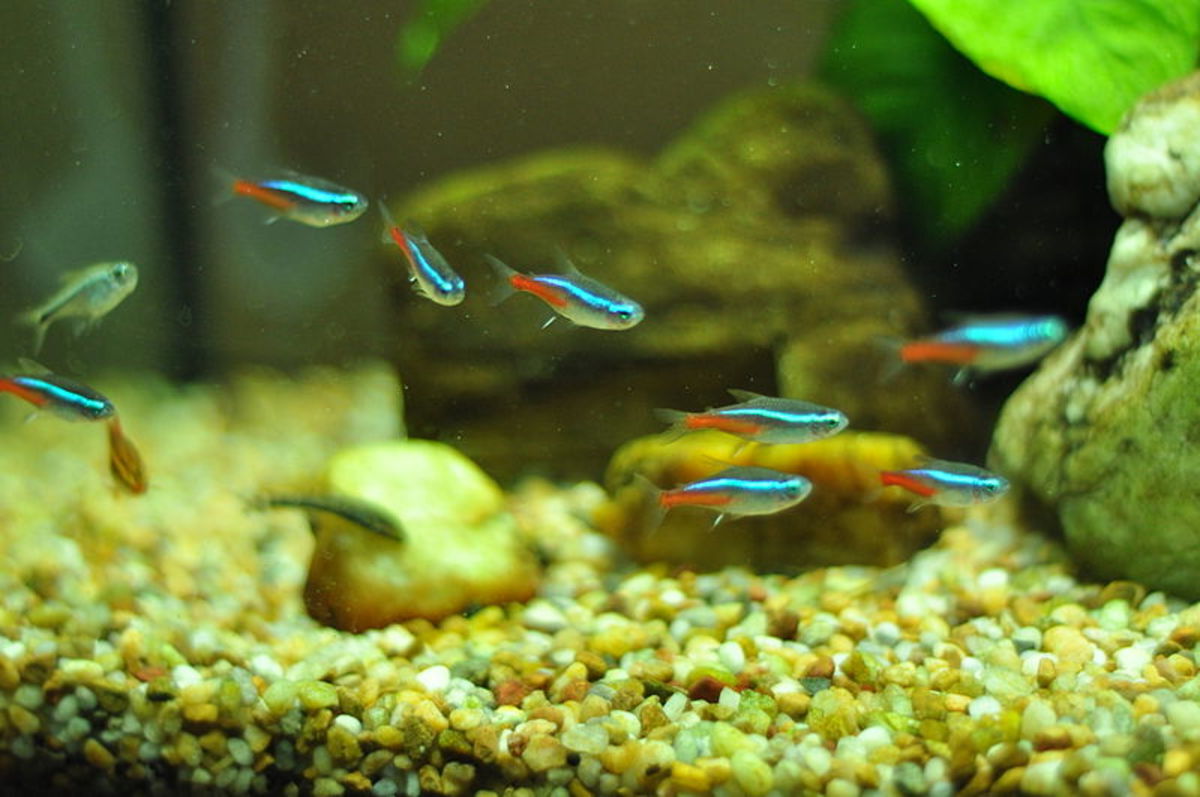
Why do fish swim in schools? Fish swim in schools for several reasons. Safety in numbers is a big one. When fish group together, it's harder for predators to single out one fish. Energy efficiency is another reason. Swimming close together reduces water resistance, making it easier for each fish to move. Finding food becomes simpler too. A large group can cover more ground and spot food sources faster. Lastly, social interaction plays a role. Fish in schools can communicate and coordinate their movements better. These benefits make schooling a smart survival strategy for many fish species.
Key Takeaways:
- Schooling fish stick together to confuse predators, save energy, and find food. They use senses like vision and chemical signals to move as one, helping each other survive and thrive.
- Different types of fish, like sardines and tuna, form schools to stay safe and catch prey. Schooling offers many benefits, but also comes with challenges like competition for food and the risk of disease.
What Are Schooling Fish?
Schooling fish are fascinating creatures that move together in a coordinated way. This behavior helps them survive and thrive in their underwater world. Here are some intriguing facts about these amazing fish.
-
Safety in Numbers: Schooling helps fish avoid predators. When many fish swim together, it confuses predators, making it harder for them to target a single fish.
-
Energy Efficiency: Swimming in a school reduces water resistance for each fish. This means they use less energy to swim, allowing them to travel longer distances.
-
Better Foraging: Fish in schools can find food more efficiently. When one fish finds food, others quickly follow, ensuring everyone gets a meal.
-
Improved Navigation: Schools help fish navigate through their environment. They can follow each other to new feeding grounds or safer waters.
-
Social Learning: Young fish learn from older, experienced fish in the school. This helps them develop survival skills faster.
How Do Fish School?
The way fish school is a marvel of nature. They use various senses and behaviors to stay together and move as one.
-
Vision: Fish rely heavily on their eyesight to keep track of their neighbors. They watch each other's movements to stay in sync.
-
Lateral Line System: This special sense organ helps fish detect vibrations and changes in water pressure. It allows them to sense the movements of nearby fish.
-
Chemical Signals: Fish release chemicals into the water to communicate. These signals can warn others of danger or help them stay together.
-
Body Movements: Subtle changes in body position and fin movements help fish coordinate their swimming.
-
Speed Matching: Fish adjust their speed to match the fish around them. This keeps the school moving smoothly.
Types of Schooling Fish
Different species of fish exhibit schooling behavior. Here are some well-known examples.
-
Sardines: These small, silvery fish are famous for their large schools. They can form massive groups that stretch for miles.
-
Anchovies: Like sardines, anchovies form large schools. They are often seen swimming in tight, coordinated groups.
-
Herring: Herring schools can contain millions of fish. They are known for their synchronized swimming patterns.
-
Mackerel: These fast-swimming fish form schools to hunt and avoid predators. Their schools can move at impressive speeds.
-
Tuna: Tuna are powerful swimmers that form schools for hunting. Their coordinated attacks help them catch prey more effectively.
Benefits of Schooling
Schooling offers numerous advantages to fish. These benefits help them survive and reproduce.
-
Predator Avoidance: Schools make it difficult for predators to single out individual fish. This reduces the chances of being eaten.
-
Increased Reproduction: Fish in schools have better chances of finding mates. This leads to higher reproduction rates.
-
Disease Resistance: Schools can help fish avoid disease. Sick fish are often excluded from the group, reducing the spread of illness.
-
Enhanced Growth: Fish in schools often grow faster. They have better access to food and protection from predators.
-
Improved Survival Rates: Young fish in schools are more likely to survive. They benefit from the protection and guidance of the group.
Challenges of Schooling
While schooling offers many benefits, it also comes with challenges. Fish must overcome these obstacles to stay together.
-
Competition for Food: Fish in schools must compete for limited food resources. This can lead to aggressive behavior.
-
Risk of Disease: Close contact in schools can spread disease quickly. Fish must stay healthy to avoid infecting others.
-
Predator Attraction: Large schools can attract predators. Fish must stay vigilant to avoid being caught.
-
Energy Costs: While schooling reduces water resistance, it also requires coordination. Fish must constantly adjust their movements, which can be tiring.
-
Environmental Changes: Schools must adapt to changes in their environment. This includes finding new feeding grounds or avoiding polluted waters.
Interesting Behaviors
Schooling fish exhibit some fascinating behaviors. These actions help them stay together and survive.
-
Flash Expansion: When threatened, schools can rapidly expand. This confuses predators and makes it harder to catch any fish.
-
Tight Ball Formation: Schools can form tight balls to protect themselves. This makes it difficult for predators to penetrate the group.
-
Wave Patterns: Fish in schools often swim in wave-like patterns. This helps them stay coordinated and move efficiently.
-
Feeding Frenzy: When food is abundant, schools can enter a feeding frenzy. Fish compete aggressively for food, creating a chaotic scene.
-
Migration: Some schooling fish migrate long distances. They travel together to find better feeding grounds or breeding areas.
Fun Facts
Here are some fun and surprising facts about schooling fish that you might not know.
-
Light Reflection: The scales of schooling fish reflect light. This creates a shimmering effect that can confuse predators.
-
Sound Production: Some schooling fish produce sounds to communicate. These sounds can help them stay together or warn of danger.
-
Shape Shifting: Schools can change shape depending on the situation. They might form a line, a ball, or a wave.
-
Species Mixing: Different species of fish can sometimes school together. This provides additional protection and foraging opportunities.
-
Human Impact: Fishing and pollution can disrupt schools. Conservation efforts are important to protect these amazing creatures.
The Fascinating World of Schooling Fish
Schooling fish are more than just a pretty sight in the ocean. Their synchronized movements help them avoid predators, find food, and even save energy. These fish communicate using body language and sometimes even sounds. Some species, like sardines and herring, form schools that can stretch for miles. This behavior isn't just about survival; it also plays a role in their social structure. Scientists study these schools to learn about group behavior and even apply these lessons to robotics and AI. Understanding schooling fish gives us a glimpse into the complexities of marine life and the importance of teamwork in nature. So next time you see a school of fish, remember there's a lot more going on beneath the surface than meets the eye.
Frequently Asked Questions
Was this page helpful?
Our commitment to delivering trustworthy and engaging content is at the heart of what we do. Each fact on our site is contributed by real users like you, bringing a wealth of diverse insights and information. To ensure the highest standards of accuracy and reliability, our dedicated editors meticulously review each submission. This process guarantees that the facts we share are not only fascinating but also credible. Trust in our commitment to quality and authenticity as you explore and learn with us.


